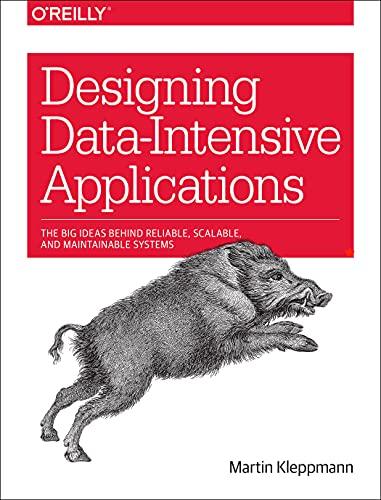Question
An online calendar management application is required to allow busy users to record and organize all their appointments and tasks and remember important events, such
An online calendar management application is required to allow busy users to record and organize all their appointments and tasks and remember important events, such as birthdays, anniversaries and deadlines. Users can view and edit their own calendars. They can select other users' calendars to view and can view them with some restrictions. Appointments have a title, a location, a start date/time, and end date/time (which must be later than the start date/time and can cross multiple days). Appointments can also have a list of SE430 Winter 2021 attendees associated with them. Tasks have a title, a description, a due date/time and a flag to identify whether or not the task is complete. Events have a title and a single date/time associated with them. Events can also have a graphical icon (e.g. a birthday cake image). There are different views of a calendar possible. At the very least, we want: * A full day, 2 column view, with morning time slots on the left column and afternoon/evening time slots on the right column. * A week view showing a table with columns for each day and rows for time slots in the day. * A month view with columns for the days of the week (Monday to Sunday), and rows for weeks in the month. Users can navigate forward and backward by day, week or month, if in the corresponding views, or by directly choosing a specific date. For day and week views, users can configure their calendars to set the first and last time slots in the day that appear and also the length of time that each time slot is for (in multiples of 5 minutes). Thus a user could set their day view to start at 9:00, finish at 17:00 and divide up the day into 30 minute slots. The month view will show only one cell for each entire day. A user can set reminders (even more than one) on any appointment, event or task. The reminder can be set to trigger some period of time before the start date/time of the appointment or event, in which case an email is sent to the user to remind him/her of the event. A user can invite other (target) users to one of their appointments. If a target user is currently logged in to the calendar system, he or she is notified and can accept or reject the invitation. If they accept the invitation, the appointment is automatically added to the target user's calendar. If the target user is not currently logged in, then the next time they log in they will be notified and can deal with it then. Appointments for which invitations have been made are displayed with a list of user names of the invitees. The names are shown differently (via font effects and colors) depending on whether the invitee has accepted, rejected or not responded yet. a. Identify the main use cases including actors and design a use case diagram. b. Describe the different scenarios that can occur in at least three use cases that you select using the template discussed in the lectures (pre/post-conditions, flows, etc.). c. Draw the sequence diagram of the described three use case scenarios Diagram syntax errors will be penalized: make sure you use the right UML elements for each diagram
Step by Step Solution
There are 3 Steps involved in it
Step: 1

Get Instant Access to Expert-Tailored Solutions
See step-by-step solutions with expert insights and AI powered tools for academic success
Step: 2

Step: 3

Ace Your Homework with AI
Get the answers you need in no time with our AI-driven, step-by-step assistance
Get Started


